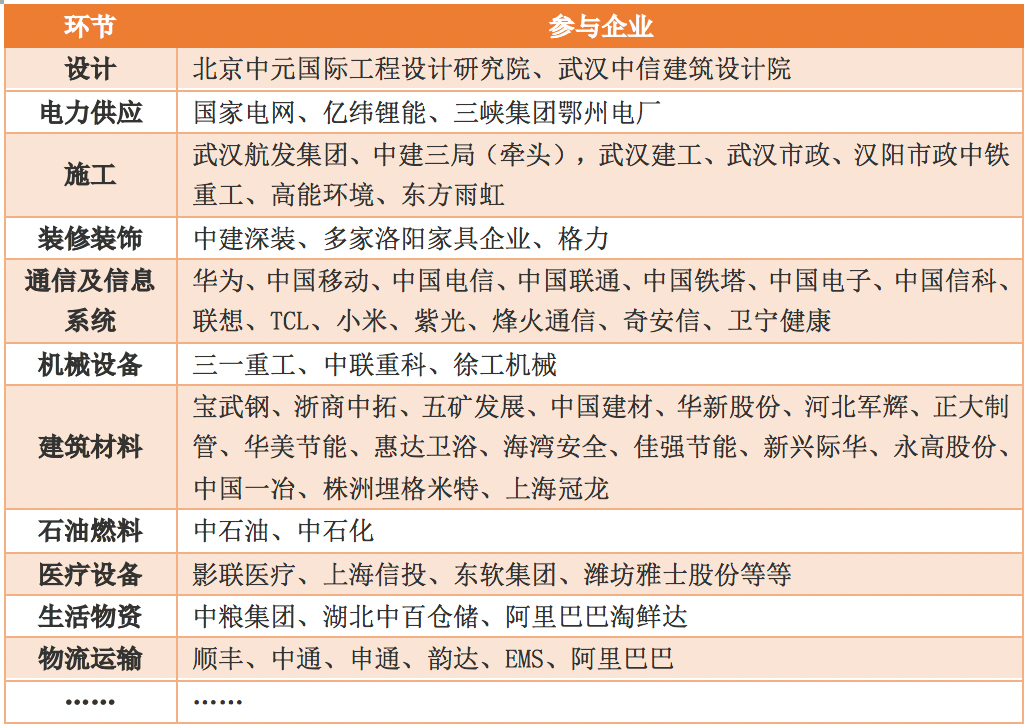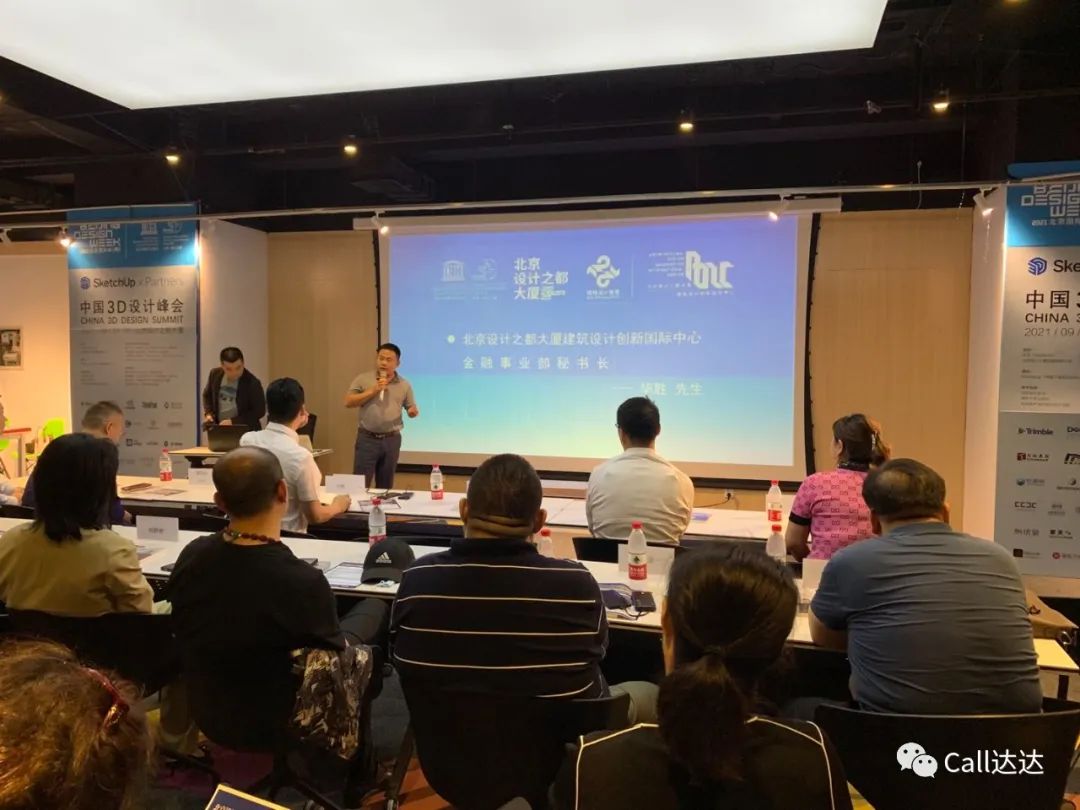Under the guidance of the traditional concept of “market like battlefield”, enterprises pay more attention to competition and think that the key to success lies in competition and game
. 
The natural law of “natural selection, survival of the fittest” is fully reflected in the market economy
. 
Enterprises without strong competitiveness are bound to regress or even perish
.
The construction industry is no exception, so we see that many enterprises in horizontal competition and the game between upstream and downstream enterprises, the use of increasingly fierce means of competition, at the expense of “killing 1000 enemies, self loss 800”
.
Cooperation and competition are not the opposite
.
Enterprises should not only pay attention to competition, but also grasp cooperation
.
“Modern competition is no longer” life and death “, but a higher level of competition and cooperation
.
Modern enterprises should not pursue” single win “, but” win-win “and” multi win “
.
At present, construction enterprises are facing increasing environmental complexity and uncertainty
.
It is an effective strategic path to reasonably use “cooperation strategy” and form strategic alliance with stakeholders to consolidate and enhance the competitive advantage of enterprises and resist market and business risks
.
So, what is cooperation strategy? Why should construction enterprises adopt cooperative strategy? How to use cooperation strategy in construction enterprises? What are the risks of construction enterprises using cooperative strategy? This paper mainly analyzes the first two problems
.
What is the cooperation strategy? According to the definition in the book, cooperative strategy is a way to achieve common goals by establishing cooperative relationships with stakeholders (including customers, suppliers, competitors, etc.)
.
The cooperation strategy pursues the complementary advantages between the cooperative enterprises and creates the value that can not be realized by their own strength
.
From different strategic levels, cooperation strategy is divided into business level cooperation strategy, company level cooperation strategy and international cooperation strategy
.
The main type of cooperation strategy is strategic alliance, and the ways of strategic alliance include joint venture, property right strategic alliance, non property right strategic alliance, etc
.
– 2 – why should construction enterprises adopt cooperative strategy? According to the classic strategic management theory, enterprise strategy is a series of comprehensive and coordinated agreements and actions used to develop core competitiveness and gain competitive advantage
.
Its ultimate goal is to win the market and obtain excess profits
.
As a kind of strategy, the success of cooperation strategy is based on the complementary advantages among enterprises, especially between the upstream and downstream enterprises in the value chain
.
Then, to discuss why the construction enterprises should adopt the cooperation strategy, we can discuss the necessity of the construction enterprises to adopt the cooperation strategy and the competitive advantages that the cooperation strategy may bring to the construction enterprises from the aspects of the value chain, business model, thinking transformation, industry development trend and industry competition situation of the construction industry
.
▌ 1
.
Industry value chain – the value chain of the construction industry is long and highly dependent on enterprises
.
The business value chain of the construction industry is very long, including at least what we usually call the six links of construction, namely investment, survey and design, procurement, construction, maintenance and operation
.
At the same time, in the operation mode, the mode of “general contracting – professional subcontracting – labor subcontracting” is widely used in the industry
.
There is a long value chain and a large number of enterprises behind the completion of an engineering project
.
This characteristic determines that enterprises in the industry need multi-party and high-frequency cooperation
.
Therefore, the efficiency of cooperation between enterprises determines the progress, quality, safety and other aspects of construction, as well as the satisfaction of investors and final consumers
.
At present, the industry is far from forming a harmonious ecology
.
Even the upstream and downstream enterprises in the value chain also spend a lot of energy on the game
.
During the epidemic period, the construction of huoshenshan hospital showed us how much energy can be produced by a closely integrated and seamless enterprise strategic alliance
.
The construction miracle of huoshenshan hospital has been well known and will not be repeated
.
Behind this miracle is the close cooperation of nearly 100 enterprises and tens of thousands of people in the industrial chain
.
Table 1 Statistics of enterprises participating in the construction of huoshenshan Hospital of course, some people will say that this is an “alliance” glued together by the government in a special period and under special conditions, which is difficult to copy under pure market forces
.
Yes, in the market conditions, enterprises should pursue profits, it is impossible to pay for free regardless of return
.
However, this event shows us that the construction industry has great potential in improving efficiency and responding to customer demand
.
If, under the market conditions, enterprises can build a strategic alliance by means of framework agreement, rule design and other means to achieve the five or six point effect of this research form, their competitiveness must be very amazing
.
From another point of view, this is a sudden crisis in which all parties are “forced” to unite to fight against the crisis
.
In the face of the changing external environment, when there is still some distance in the market crisis, is it necessary for construction enterprises to “actively” think about how to adjust the cooperation mode and strategy with other enterprises? ▌ 2
.
Business model: the rise of EPC, PPP and construction industrialization
.
Although the road ahead is hard, EPC, PPP and construction industrialization are the hard bones and the road that construction industry / construction enterprises must take
.
Traditional construction enterprises, from a single business value chain C to occupy more links in the value chain, on the one hand, pose great challenges to their professional abilities in planning, design, investment and financing, capital operation and operation, on the other hand, test their risk control ability
.
For how to integrate resources, and then establish the corresponding capacity, construction enterprises have been thinking and exploring
.
We can see that some construction enterprises are developing their own labor force, taking the proportion of labor force as a goal of enterprise development; some enterprises try to cooperate with professional operators to cultivate their own operation team; some enterprises sign long-term agreements with high-quality professional subcontractors to give a certain degree of preference in the distribution of interests; some construction enterprises are actively cooperating with design institutes and production enterprises Industry companies, warehousing and logistics companies, Internet companies, etc
.
closely communicate with each other to give full play to their professional advantages
.
On the way of developing new business model, for resource acquisition, construction enterprises may as well adopt cooperative thinking to achieve mutual benefit and win-win results by establishing cooperation with relevant parties with the mentality of “not seeking all, but using”
.
▌ 3
.
Transformation of thinking — transformation to customer-centered
.
Construction enterprises are increasingly aware of the importance of customer thinking, and realize that construction enterprises should not just build houses and roads, but deliver expected products to customers
.
What customers care about is not the length and complexity of the industrial chain behind the product, but the value of the final product
.
Whether it is real estate developers, infrastructure investors or manufacturing customers, their needs are the same, that is, to get better quality products with faster speed and lower cost
.
From the perspective of final consumers, few people will consider building a house when they buy a house
.
Behind it, there is a long chain of industries, such as project feasibility study, planning, land acquisition, design, procurement, construction, supervision, testing, etc., but they are concerned about the quality, price and decoration design of the house
.
As a construction enterprise, it needs to consider its position in the industrial chain supporting high-quality products from the perspective of customer demand, how to complement and cooperate with upstream and downstream enterprises in the industrial chain, and how to use and organize resources to create products with customer satisfaction
.
From the perspective of cooperation and competition, that is: the higher the value of the products provided by the strategic alliance formed by the use of cooperation strategy, the more likely the members of the alliance will gain competitive advantage in the market economy competition and then obtain excess profits.
.




